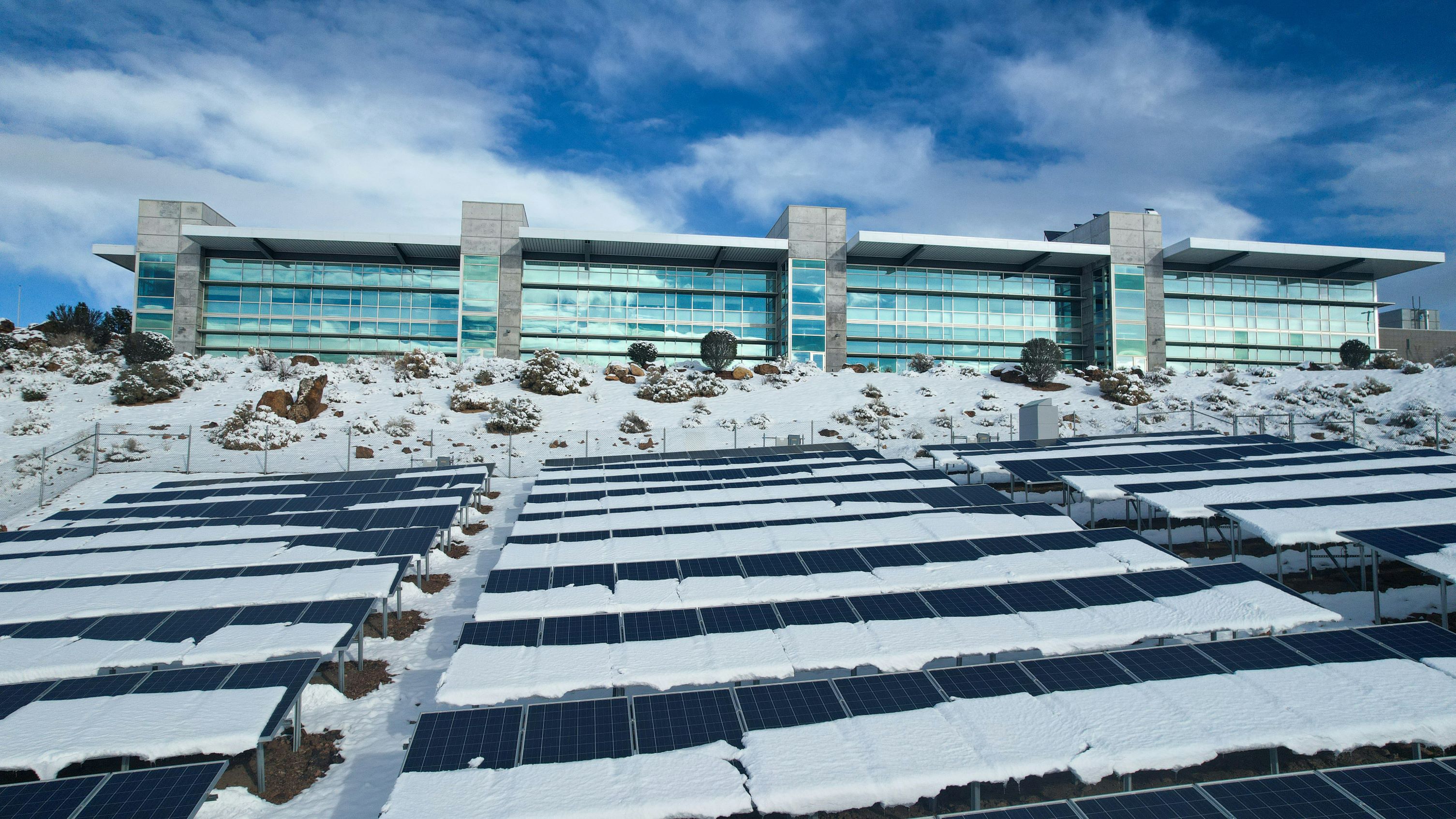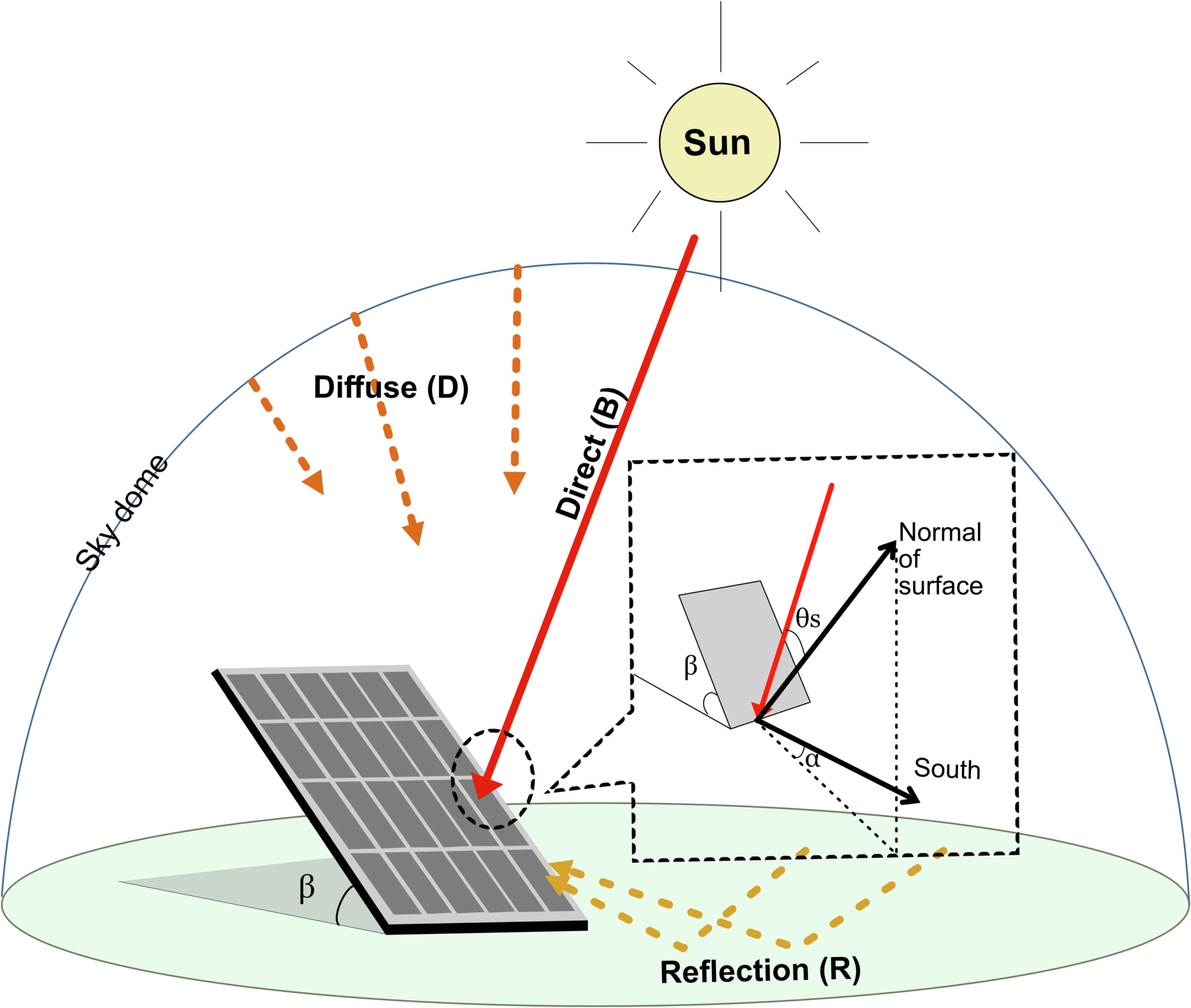KTH Researchers Enhance Solar Power Generation in Cold, High-Latitude Regions

Researchers from the Heat and Power division at KTH have developed an innovative method to optimize the tilt angle of photovoltaic (PV) systems in high-latitude, cold regions. This advancement aims to maximize annual PV power generation by incorporating historical weather data, including snowfall and melting processes.
Solar PV systems in low to mid-latitude regions experience minimal snow-induced losses. However, in high-latitude areas like Sweden, where winters are long and harsh, snow significantly impacts PV performance. Ignoring snow effects can lead to unreliable results, underscoring the importance of the new method developed by KTH researchers.
The new method combines an optimal PV installation angle model with a simplified snow-PV yield model (SPYM). The angle model assesses tilt angles from 0 to 90 degrees in 0.1-degree intervals, aiming to maximize global solar irradiation, which includes direct, diffuse, and reflected light. The SPYM model adjusts these values based on snow depth, air temperature, and irradiation, predicting whether snow will cover or melt from the panels.
Using Solcast's historical meteorological data from 2012-2021 for Hammarby Sjöstad, Sweden, the researchers performed optimal calculations over one, five, and ten-year periods. They analyzed three scenarios: one without snow, one where snow melts in 12 hours, and one using removal agents that clear snow in an hour. These scenarios were compared to the commercial installation angle of 15 degrees and Sweden's geometric angle of 40.7 degrees.
Results show that the optimal annual tilt angle enhances PV power generation by approximately 4.8% compared to the commercial angle. When accounting for snow conditions, the optimal angle decreases by up to 7.8 degrees, depending on yearly weather variations. Snow conditions can reduce power generation by 14.7%, but using removal agents can improve performance by 0.1% to 2.3%.
This groundbreaking work was published in the renowned journal Applied Energy and featured by the leading solar PV media platform, PV Magazine.
For more information, please refer to the original publications:
Applied Energy journal article.


